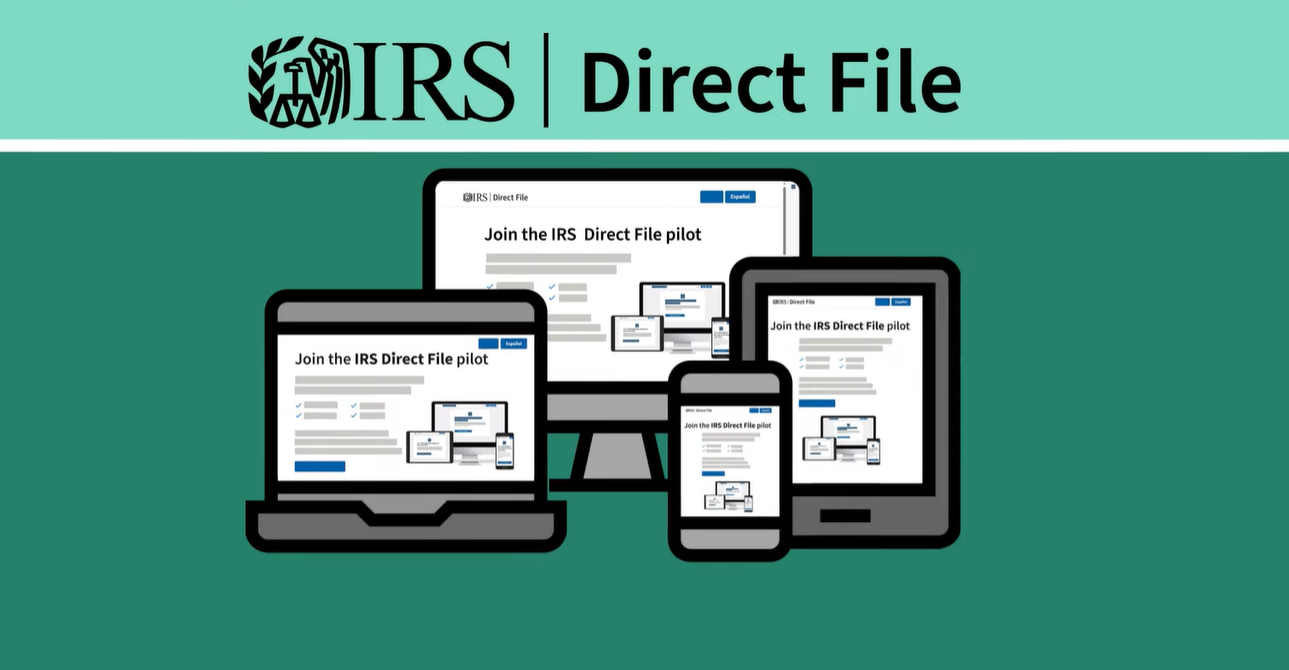The CPA Firm Management Association (CPAFMA.com), completed their 2016 Information Technology survey which identified the latest IT infrastructure and workstation trends within medium and larger accounting firms. Formerly the Association for Accounting Administration, the CPAFMA has more than 1,000 members, of which 140 firms participated in the 2016 IT Survey which was completed in the first quarter of this year. CPAFMA consists primarily of medium and larger firms with 90% of the respondents being in firms between 10 to 149 personnel and 49% being multi-office.
These firms often have greater resources to evaluate peer solutions and do more in depth due diligence, highlighting solutions and recommendations which are becoming mainstream and eventually filter down to smaller firms. Below, I explore five IT Infrastructure and workstation trends for firms to consider as they evaluate system upgrades this summer:
- Server Location: The survey found that 71% of firms continue to host the majority of their servers and applications within their own offices in a traditional network environment. A small number (6%) had opted to maintain their own network environment with internal IT personnel, but utilize a more secure external “colocation” facility to minimize the environmental risks as well as bolster security, Internet access, and power quality, with vendors such as ViaWest, IO, and Barracuda.
A surprising 18% had opted to outsource their network infrastructure and management to a third party which would utilize a colocation facility to manage the network and outsource all network maintenance and application updates to the cloud hosting company. The most listed hosted cloud providers were Xcentric and IV Desk. The remaining 5% of respondents were able to use the accounting application provider (Thomson Reuters Virtual Office/WoltersKluwer CCH Axcess) to host the majority of their applications.
TREND: With 3 out of 10 firms already moving their IT Infrastructure to third parties, we see the number of firms hosting their own networks in their offices to continuing to decline as they transition more to the cloud.
- Streaming Backup: The survey found that 12% of firms still utilize tape backups which we have found to be time consuming and expensive compared to today’s digital processes. 48% of respondents backed up to another onsite hard disk, which we recommend for more frequent backups and for easier restoration of lost or corrupted files. The survey found that 40% of firms that maintained their own networks were utilizing an Internet-based offsite backup and that another 10% utilized cloud providers that also provided offsite Internet-based backup.
TREND: The advantage of offsite Internet-based backup solutions is that they can be automated to work every day and do not require the purchase and offsite transportation of physical media so we see “disk to disk to Internet” becoming the accounting firm data backup standard.
- Workstation Dominance: Similar to the Big Three automotive manufacturers, CPA firms consistently selected three brands for the majority of desktop (62%-Dell, 23%-HP, 9%-Lenovo) and laptop (58%-Dell, 20%-HP, 17%-Lenovo) purchases. While the survey did not specify how many firms had transitioned entirely to laptops, it did note the 59% had standardized on the 15” laptop models with a built in number pad and a surprising 25% had purchased the larger 17” laptops which natively comes with the full keyboard/number pad. Just over 10% continued to buy the smaller 14”-15” without the number pad, and less than 5% utilized smaller laptops or other devices such as the Microsoft Surface.
TREND: Having a full keyboard with number pad from one of the major computer vendors seems to be the direction firms are going on all workstations, and with the micronization of computer components, the lower weight, and better battery life has firms choosing laptops with larger screens that are thinner and lighter in weight than legacy laptops.
- OS Configurations: Studies done in the past pointed to improved firm productivity when all personnel utilized the same operating system applications. The 2016 CPAFMA survey found that 75% of respondents were currently standardized on Windows 7, but roughly 35% said they planned on transitioning to Windows 10 by the end of 2016 (or had already done so for the majority of their computers before tax season started). 23% stated they would wait until 2017 or 2018, and 41% were waiting to confirm compatibility or had no plans to do so. For browser selection the majority (68%) utilized Internet Explorer, followed by 26% on Google Chrome and 3% on Mozilla Firefox.
TREND: Microsoft Windows 7 will continue to be the dominant desktop operating system for this year, but we anticipate firms will adopt Windows 10 on new workstations after confirmation of compatibility with all our accounting applications which we expect this summer.
- Firmwide Application Selection: The 2016 IT survey found that Microsoft Office 2010 was the dominant groupware version within responding firms (51%) followed by Office 2013 (39%). While Office 2016 had been released at the end of last year, only 3% had already adopted it. The traditional accounting firm licensing structure has been to purchase an Office version for all personnel and then skip the next one or two releases to optimize the purchase price and internal training. This has been an effective strategy as the major accounting vendors often take an additional year to work through the compatibility issues with their own applications. With minimal “got to have” features in the latest Office versions, we anticipate firms on Office 2013 and older upgrading only when they have to.
Similar version skipping logic has been applied to PDF applications (which are required for firms to work in a digital environment) with Adobe Acrobat continuing to be the preferred choice of the accounting application vendors. The 2016 survey found that 53% of firms were on Adobe 11, 27% were on Adobe 10, and 15% had transitioned to Adobe 12/DC (document cloud). Firms tend to jump to the latest version when support of their version is discontinued by their accounting vendor. Adobe officially stopped updating Adobe Acrobat 10 on November 15, 2015 so we expect the next big jump to occur with the accounting vendors discontinuing support of that version by the end of this year.
TREND: Firms will continue to drag their feet when transitioning their Office/Adobe versions through the end of this year, but the advent of subscription pricing models expected with Office 2016, Adobe 12/DC (and even Windows 10) in the future will end the generation skipping bonus most firms have taken advantage over the years.
Summertime is often the period when firms evaluate their workstations and network infrastructure for upgrades. While hardware vendors and workstation configurations continue to transition conservatively, the movement towards cloud hosting and backups is accelerating within firms and should be considered for those that are upgrading their systems this year.
——–
Roman H. Kepczyk, CPA.CITP and Lean Six Sigma Black Belt is Director of Consulting for Xcentric, LLC and works exclusively with accounting firms to optimize their internal production workflows within their tax, audit, client services and administrative areas. His Quantum of Paperless Guide (Amazon.com) outlines 32 digital best practices all accounting firm partners need to understand today and incorporates the latest findings of the CPAFMA technology survey.
Thanks for reading CPA Practice Advisor!
Subscribe Already registered? Log In
Need more information? Read the FAQs





